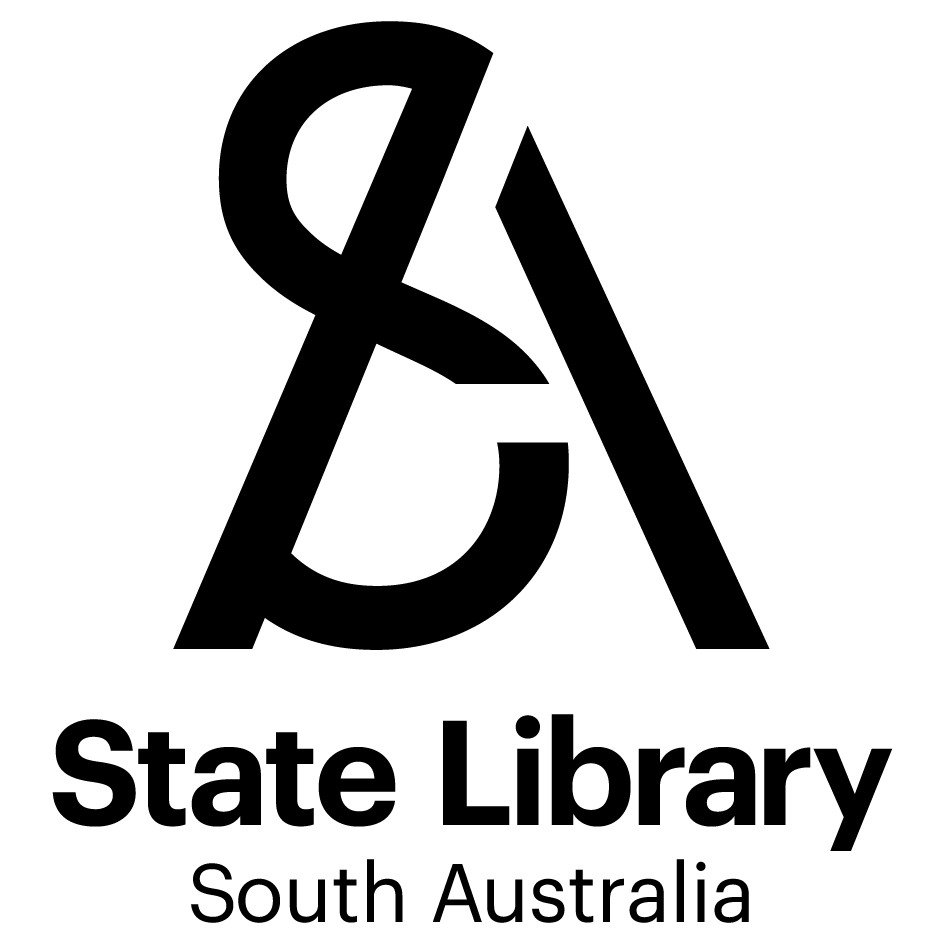I often see questions on the socials and people at workshops asking about US vs UK English. Learnt vs learned, spelled vs spelt (not the bread) and so on. There’s no right or wrong if it’s in the dictionary as a real word but has alternative spelling options. Then there’s speech tags and quote marks. What is right and what is wrong?
If you are a traditionally published author, your publisher will likely have an in-house style guide you can use and please ask them right up rather than after you’ve done your edits. But what is a style guide? And when do you need one?
‘A style guide is a reference point that sets standards for writing documents within your organization. The focus of the style guide is not usually a matter of ‘correct’ or ‘incorrect’ grammar or style but, rather, it provides guidance for instances when many possibilities exist.’
https://intelligentediting.com/blog/writing-a-style-guide-what-you-need-to-know/
We say it often, in the world of publishing, consistency is the key. Consistency in your books, your branding and your promise to your readers. But there also needs to be a consistency in your own language and style.
So my own style guide would go a little something like this:
“ for speech
‘ for direct quote
Spelled, learned, leaned.
US spelling now that I am contracted to a US publisher predominantly for the US market despite the fact my contracted books are set in Regency England.
He said, she said. John said, Jane said. (which by the way is the correct and accepted-by-publishers way, not said he, said she.
I would also make a special note for italicising names of ships, inns and taverns. I do this particularly for ship names. Not sure why or if it’s correct but that style is the way I do it and my editor will let me know if it’s incorrect. I just want to make it consistent, even if it is technically wrong for this publisher. It makes doing a find and replace nice and easy too!
I would also ensure my fonts are consistent, my margins (especially because there’s a page size difference between Australia and America) are set and my indents are always the same. These are not as important but if you learn to pre-set them early on, you’ll get into a great habit!
Add as many extras as you feel you need! Anytime you stop writing to ask yourself what word you used last time or how you displayed the last quote, you’ll be able to see it straight away and get used to it over time instead of going back to double check. Any time-saving tips are welcome! I keep mine on a sticky note on my computer desktop.
Do you have a trick for keeping consistent or do you use a style guide already? Please let us know!
Bronwyn.







